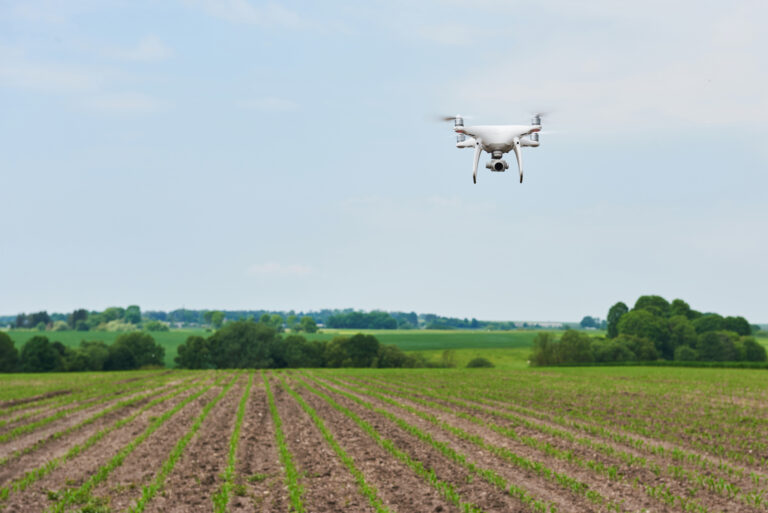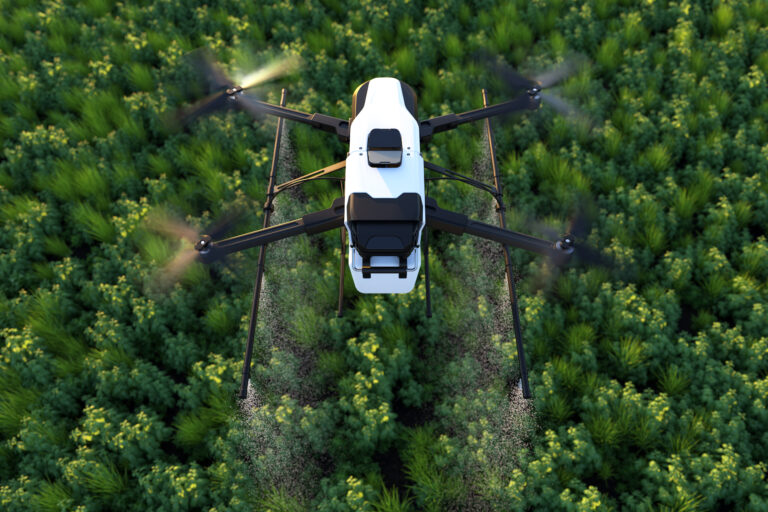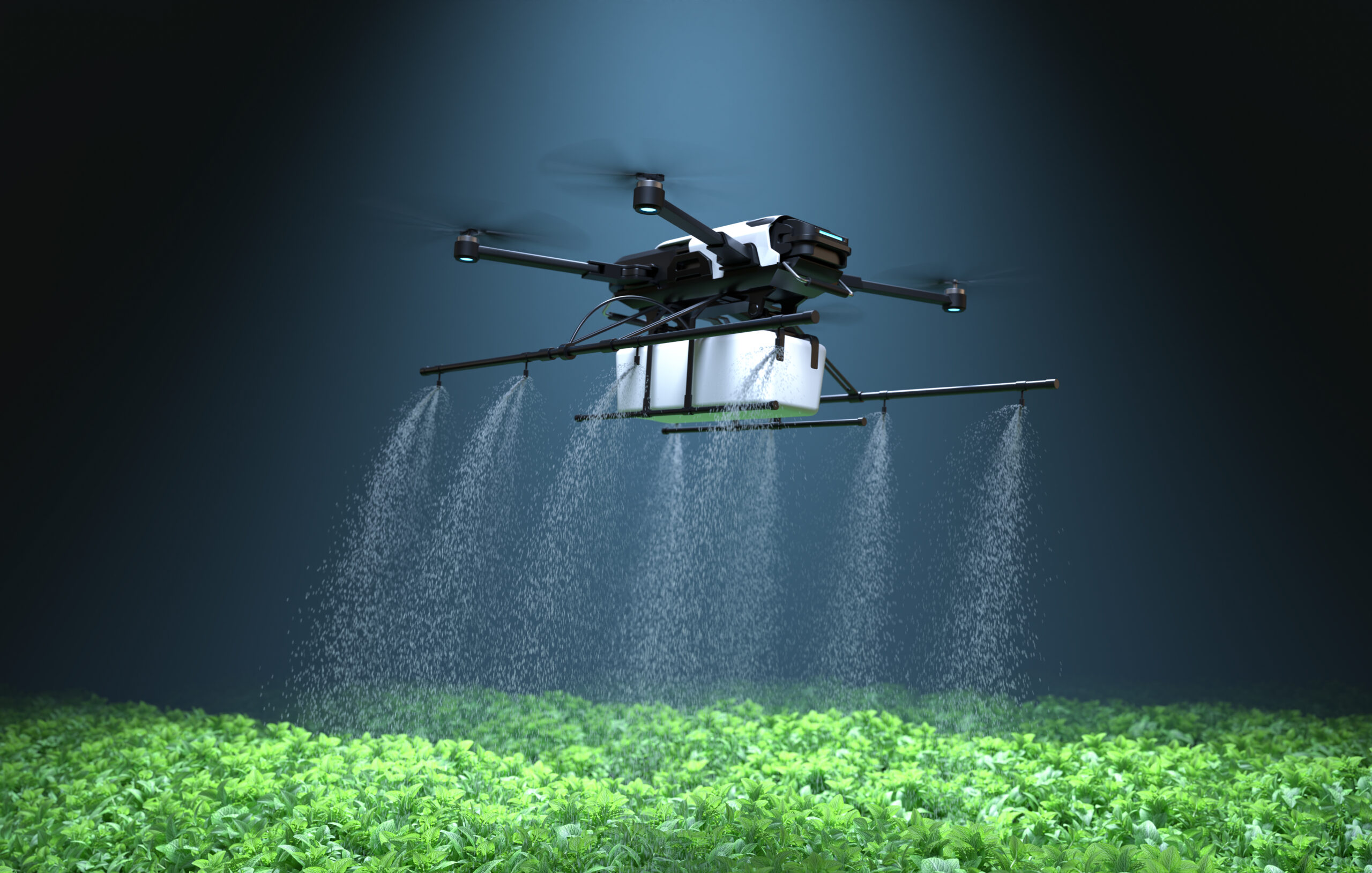If you were looking for efficiency of drones in agricilture then your search ends here. In the ever-evolving landscape of agriculture, technological innovations continue to redefine the way we approach farming. One such innovation that has captured the imagination of farmers worldwide is the utilization of drones in agriculture. These remarkable unmanned aerial vehicles are proving to be more than just gadgets; they are transforming the very essence of modern farming practices.
Table of Contents
Drones in Agriculture: A Game-Changing Paradigm
The advent of drones in agriculture marks a pivotal moment in the industry’s history. Gone are the days of labor-intensive field inspections and imprecise resource management. With drones, farmers have gained a powerful tool that offers a bird’s-eye view of their fields, revolutionizing the decision-making process.
The Role of Drones in Precision Agriculture
The integration of drones in agriculture has ushered in the era of precision farming. The ability to gather real-time data on crop health, growth patterns, and resource distribution is invaluable. By harnessing this data, farmers can implement targeted strategies that optimize the use of fertilizers, pesticides, and water, reducing waste and environmental impact.

Enhancing Crop Monitoring and Management
Drones equipped with advanced imaging sensors provide detailed insights into crop conditions. These aerial observers capture high-resolution images, which, when analyzed, reveal critical information about the health and vitality of plants. By identifying areas of concern early on, farmers can take proactive measures to mitigate potential issues.
From Above to Below: Drones and Sustainability
Sustainability has become a paramount concern in agriculture. Drones play a vital role in promoting eco-friendly practices by enabling resource-efficient farming. By accurately assessing the needs of crops, farmers can minimize excessive use of water and chemicals. This not only conserves valuable resources but also contributes to the overall health of the ecosystem.

Drones in Action: Practical Benefits
The benefits of incorporating drones into agriculture are manifold. Beyond the reduction of resource wastage, drones offer increased efficiency and reduced labor costs. The time saved in crop monitoring and analysis allows farmers to focus on more strategic aspects of their operations.
Overcoming Challenges: Regulatory Landscape and Investment
While drones present a promising future for agriculture, there are challenges to navigate. Regulatory frameworks for drone usage vary by region and must be adhered to. Additionally, the initial investment in acquiring drones and training personnel can be a consideration. However, the long-term advantages often outweigh these initial hurdles.
The Future Horizon: Drones as Agricultural Allies
As technology advances, the capabilities of drones in agriculture are set to expand even further. Improved sensors, machine learning algorithms, and automation will enhance their data analysis precision. This translates to more informed decision-making, ultimately leading to increased crop yields and sustainable practices.
Embracing the Drone Revolution: Seizing Tomorrow's Harvest Today
In the grand tapestry of modern agriculture, drones represent a thread of innovation that has the potential to reshape the industry’s future. From their role in precision agriculture to their contribution to sustainable farming, these aerial assistants are proving their worth. As farmers and stakeholders embrace the drone revolution, they not only optimize their operations but also contribute to a greener and more productive world.
Conclusion
In conclusion, the integration of drones in agriculture marks a paradigm shift that offers immense benefits. From precision farming to sustainable practices, the role of drones is undeniable. As technology continues to evolve, these high-tech allies will undoubtedly remain a cornerstone of modern agriculture, leading us toward a brighter and more efficient future.
5 Topmost FAQs
1. How do drones benefit agriculture? Drones revolutionize agriculture by enabling precise crop monitoring, targeted treatments, and data-driven decision-making, leading to higher yields and resource efficiency.
2. Can drones help with pest management? Absolutely, drones equipped with advanced sensors can identify pest-infested areas, allowing farmers to take swift action and minimize the need for widespread pesticide use.
3. Are drones affordable for small farmers? While initial costs can be a concern, drones’ long-term advantages, such as reduced input wastage and improved yields, can make them a worthwhile investment for smaller operations.
4. What role do drones play in sustainable farming? Drones promote sustainability by minimizing chemical usage, optimizing irrigation, and facilitating precision farming techniques, all of which contribute to eco-friendly and responsible agricultural practices.
5. What challenges do drones face in agriculture adoption? Drones encounter challenges like flight regulations, limited battery life, adverse weather conditions, and the need for specialized training. Overcoming these obstacles requires continuous technological advancements and regulatory support.
These top 5 FAQs offer concise insights into the role of drones in agriculture, addressing key concerns and highlighting the benefits, challenges, and potential of using drones to enhance farming practices.


2 thoughts on “Drones in Agriculture: Unveiling Agricultural Efficiency in 8 Steps”